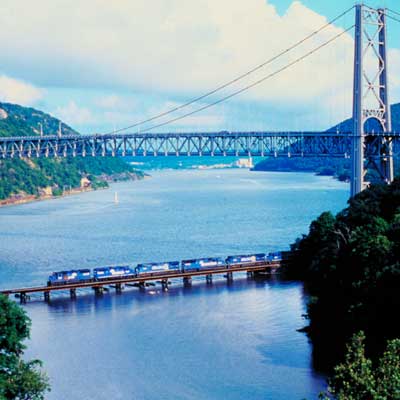[Summary compiled by Susan Lane, ASCE.]
Tuesday, August 14, 2007
ASCE Update on I-35W Bridge Collapse
Aug. 8, 2007--Minnesota DOT released today an edited video clip from a traffic camera that had previously not been shown to the public. The video is pointed south, away from the bridge, and then as traffic halts, it swings north to show where the bridge has just collapsed.
Minnesota DOT (MN-DOT) is stating that they will have a design-build contract to rebuild the I-35 W bridge in place by September 2007. The contract will contain financial incentives for finishing the project early. Additionally, MN-DOT is stating that for the new 10-lane bridge, (up from eight lanes on the previous bridge), one lane in each direction may accommodate transit. The link to this information is below, with the information scattered in the bulleted section entitled "Update Aug. 7".
MN-DOT has posted the I-35 W bridge's Structure Inventory Report. Among other things, this report provides the Condition Codes (ratings) for the Deck, Superstructure (truss and bearings), and the Substructure (pier, abutments, and footings/piles). Note that if any of these receive a Condition Code of 4 or less than the structure will be classified as Structurally Deficient.
MN-DOT has also posted a Technical Memorandum from their Engineering Services Division dated July 19, 2007 which provides "Guidelines for In-Depth Inspection of Fracture Critical and other Non-Redundant Bridges and for Underwater Inspections". This is relevant because the I-35 W bridge contained fracture-critical bridge members. Note that the Technical Memorandum defines fracture critical. The memo states that: "Fracture Critical members must be inspected from an arms length distance every 24 months."
In 1990, MN-DOT contracted with the University of Minnesota to evaluate the fatigue stresses within the I-35 W bridge's truss members. Field tests of the bridge were a part of their evaluations. The link to the University of Minnesota's report is provided below.
Then in 2003, MN-DOT contracted with URS Corporation to perform a more detailed fatigue and fracture analysis of the truss bridge and its truss members. The report from that analysis (listed as a draft report) is provided in three parts and is dated July 2006, and the Executive Summary provides recommendations and is dated January 2007. The links to these are all below.
Part 1, URS report: http://www.dot.state.mn.us/i35wbridge/pdfs/fatigue-evaluation-redundancy-analysis_1of3.pdf
Part 2, URS report: http://www.dot.state.mn.us/i35wbridge/pdfs/fatigue-evaluation-redundancy-analysis_2of3.pdf
Part 3, URS report: http://www.dot.state.mn.us/i35wbridge/pdfs/fatigue-evaluation-redundancy-analysis_3of3.pdf
Exec. Summary, URS: http://www.dot.state.mn.us/i35wbridge/pdfs/fatigue-evaluation-redundancy-analysis_2007supp.pdf
[Summary compiled by Susan Lane, ASCE.]
[Summary compiled by Susan Lane, ASCE.]
Subscribe to:
Comments (Atom)

